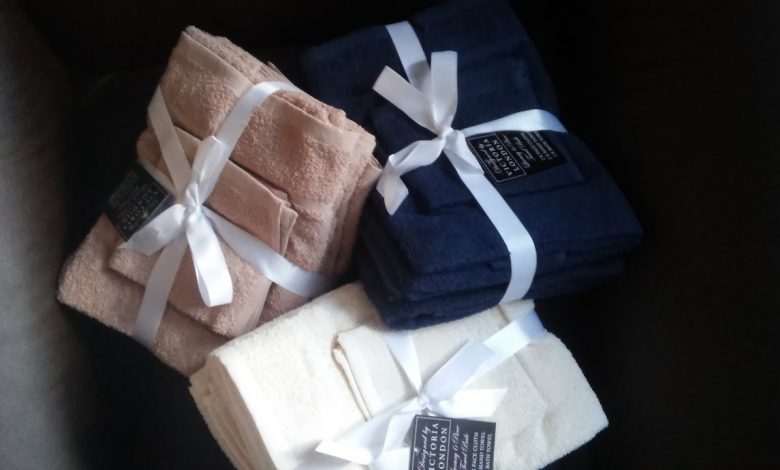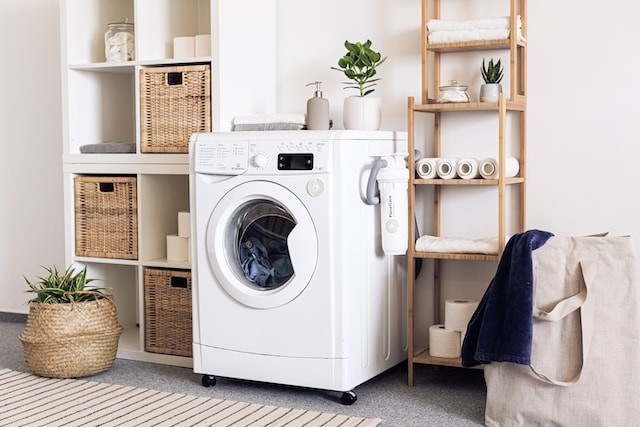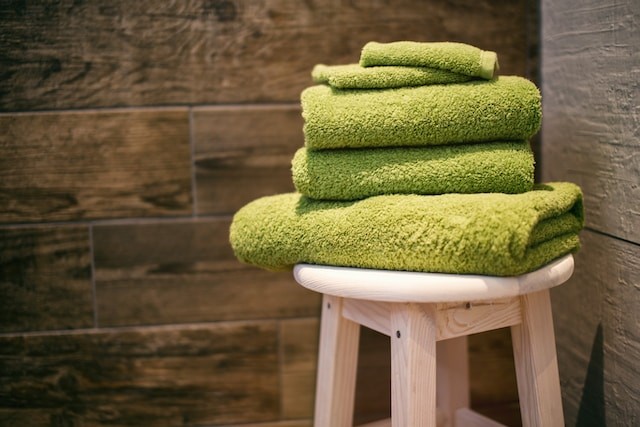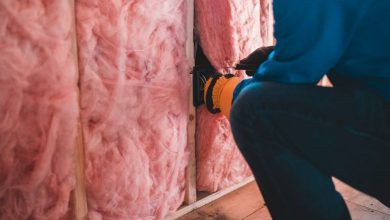How Do You Wash New Towels?

Are you aware that new towels need to be washed? Even though they may feel soft already, and you’re probably eager to replace your old towels with your new ones, breaking in your bath towels first is essential.
The manufacturer usually coats new towels with silicone to keep them feeling plush. Despite their softness, towels aren’t very absorbent because of this. Removing bacteria that may have built up on the surface of new towels can also be accomplished by washing them before use. This will reduce residue and increase absorbency.
When it comes to washing your new towels, there’s more to it than simply putting them in the wash with your other clothes, and you should approach the task differently than when washing towels you’ve owned for a long time. A key concern is keeping them soft and maintaining their colour. To ensure you can dry off without worry, we’ve compiled a five-step guide explaining how to wash new towels properly.
The secret to how you should wash your towels
It’s essential to wash towels before using them, whether Egyptian cotton or terry towels. Depending on the laundry symbols on the care label, each towel will have its washing instructions. Most, if not all, of towels will be machine washable and tumble dryer friendly. You can keep your new towels fresh by following these steps.
Towels need to be kept together
Keeping your towels together is the key to keeping their colour vibrant and texture soft as when you first bought them. Keeping velcro and zippers away from towels is easier when you wash them with only towels. These trims can rip, tear, and fray delicate terry cloth towels.
It is common for fresh towels, especially in brighter colours, to have dye residue on their surface. If you remove any other laundry from your washer, the chances of colour bleeding will be reduced.

Using the right amount of detergent is essential
A lot of detergent means your towels become less absorbent. According to the manufacturer, you should only use a third of the detergent you usually use and always follow the directions on the bottle since leftover suds can affect absorbency, build-up of bacteria and mould, and may also affect your washing machine’s performance.
It’s recommended that you avoid using fabric softener altogether, as it reduces absorbency and counteracts the pre-washing process. You could have too porous towels due to fabric softener mattifying the cotton fibres.
Always choose a low-heating setting
If you wash your towels at too high a temperature, the fibres will be damaged. You should machine wash your towels at 80 to 90 degrees.
Pausing will fluff
It’s a good idea to stop your cycle midway, if possible, and give your towels a change of direction. Air may struggle to circulate during spinning, causing fibres to flatten out. It is unnecessary to overfill your washer to fluff up your towels halfway; however, it will help their absorbency and make them softer in the future if there has not been overfilling.
Dry your towels at a low temperature
You should avoid drying your towels on too high a temperature for at least the first few washes, just as washing silk on too high a setting can damage the material. As noted below, wool dryer balls can reduce tumble drying time and make towels more soft without causing chemical reactions.
In addition to drying on low, hang your towels on the line. The best way to dry new towels is to let them air dry outside if it’s warm and dry. After you have taken them out of the washer, you can blow them out in the sunshine.
Ways to keep new towels soft and fluffy
If you haven’t had new towels for a while, you’ll feel like they’re soft and luxurious. Towels lose their softness over time due to natural wear and tear. Frequently washing and drying your towels in a tumble dryer can change their texture. Using white vinegar in laundry and using the least detergent are two tips and tricks to keep your new towels fluffy and softened.
Ways to wash new towels so they won’t pill
It’s common for new towels to shed. Occasionally, you might find stray threads or cotton fibres on a fresh towel. It is possible to remove these during the first wash.
In addition to washing new towels according to the guide above, you can add baking soda or vinegar to a hot wash to remove any treatments. Alternatively, you can rinse your towels to remove any lint and potential piling. Make sure you choose a low or no-heat setting on your dryer.

Ways to fold your new towels
Putting away your towels once they’ve dried is the next step. The best way to display your towels in your bathroom is to fold them to hide the edges and make them look fluffy and neat. A towel should be folded in thirds lengthwise and hung over a rod afterwards.
When you fold towels in half lengthwise, fold one-third down from the top if you want to store them in your linen closet. You will form a rectangle as you fold the top third onto the bottom third. To prevent moisture buildup, place them in a dry storage area.
Mistakes you can do
It is essential not to overload your washing machine with towels when you wash them. Your washer’s drum may be damaged, and its efficiency will decrease as a result, says Mooney. Stains and odours may need to be removed from your towels again over time.
Mistake number two? The drum should not be left wet with towels. When you wash towels, dry them as soon as possible. Leaving damp towels in the washer or lying around will likely result in mildew smells, which you don’t want.
Conclusion
It seems simple enough to care for your towels. You just have to wash them, right? This turns out to be a bit more complicated than it looks. When cleaning white or dark towels, you must consider the fabric type and temperature settings. We are not saying that you need to turn yourself into a professional domestic cleaner, but there is a thing or two that might help you reach perfection when it comes to cleaning.




